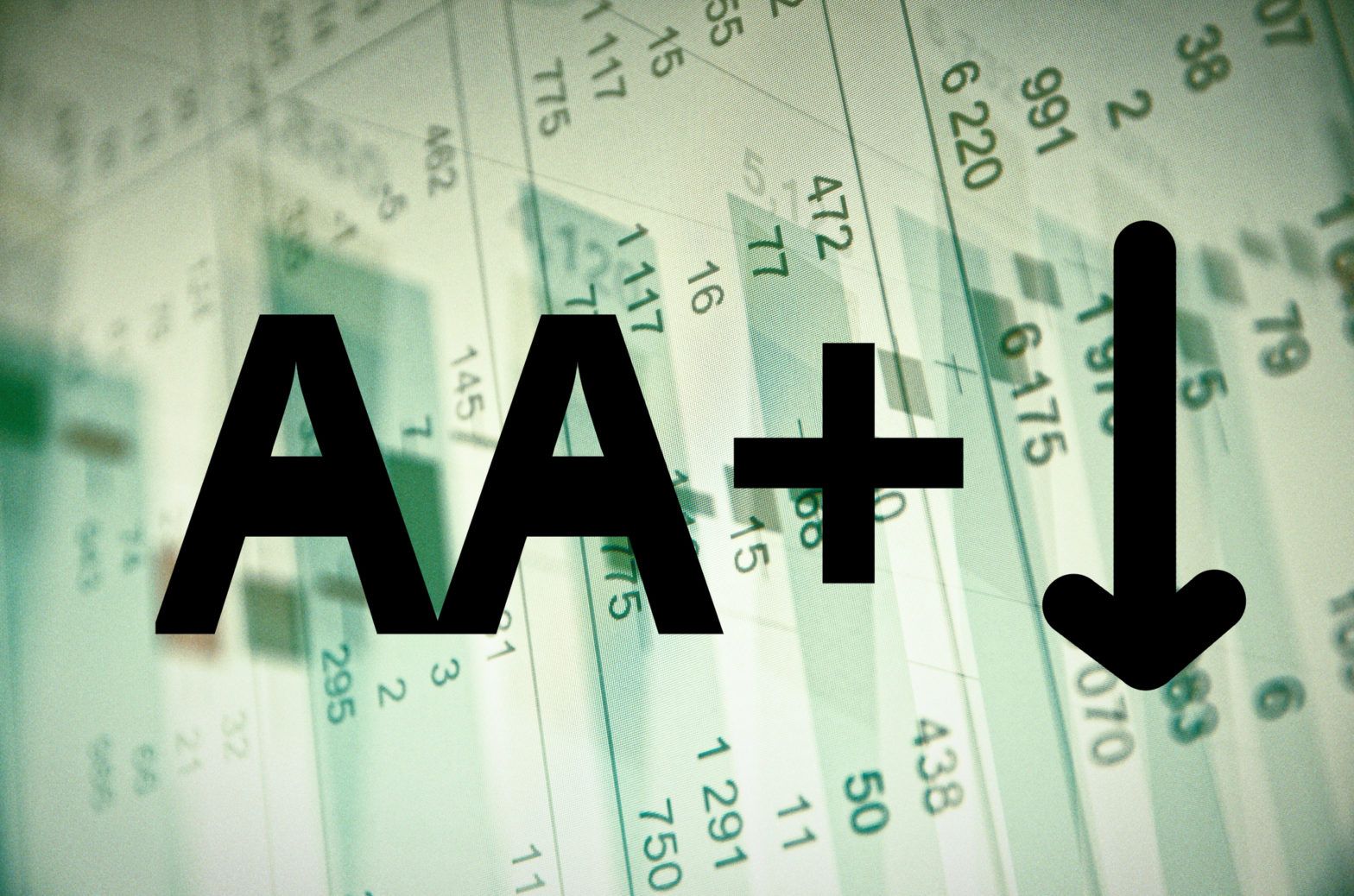There is more risk in investment grade ratings than in high yield defaults, according to Matt Eagan, a fixed income portfolio manager at Boston-headquartered Loomis Sayles.
Eagan, co-manager of the Natixis Loomis Sayles Multisector Income Fund, said that over the past 18 months the team has reduced the investment grade credit allocation to around 13% of the portfolio.
Investment grade can make up as much as 40% of the portfolio in more supportive market conditions.
“We don’t see a lot of value in the investment grade corporate market. I am actually more worried about [investment grade bond] downgrades than default rates in high yield markets,” he said.
Eagan added that the high yield market has not seen a lot of issuance. “There have been issuances, but on a net basis it remains pretty much flat. And there haven’t been many leveraged buyouts (LBOs), either,” he said.
He said that banks stuck to the rule of not issuing credit for LBOs when the Federal Reserve was conducting quantitative easing.
The yield of the fund was 4.3% on August 31st, and its annual default rate is around 2%. By comparison, the average annual default rate on the high yield index is around 5% and peaks can be as high as 12%, Eagan said, citing Bloomberg data.
In terms of high yield bonds (which make up 28% of his fund’s portfolio), he said global default rates may increase as interest rates rise, but rising rates are not themselves a predictor of default rates.
The main macro risk factor is the potential of “getting into a dangerous phase in the Fed cycle where they raise rates too fast, which leads to a slowdown in the economy”, he said.
“We are watching corporate credit closely.” The key risk will be for emerging markets, where he has a minimum allocation.
He is also wary of dollar-linked economies like Australia or Canada. “They are not a credit issue, but they are tied to global growth”.
Duration set to rise
Loomis Sayles Multisector Income Fund uses a value-oriented approach and the team aims to “identify where the market may be mispricing risk to capture attractive investment opportunities across sectors”.
Broadly, treasuries account for 41% of the portfolio and corporate bonds 55%. Types of bonds include US investment-grade corporates, non-US debt, emerging market debt, high yield and convertibles.
The portfolio also holds equities, but they have been taken down considerably (to 3.8%) compared to the peak in 2013, when they reached 24% of the portfolio, he said.
The biggest change to the portfolio has been an increase in reserves – cash and 1-2-year maturity US treasuries – to 10% in order to provide liquidity and protection to the portfolio, he said.
Eagan said he is maintaining limited interest rate sensitivity at the fund’s current 3.3-year duration.
However, after almost two years being short on the curve to de-risk the portfolio, he thinks that time may have come to “gradually increase the duration”.
The Dublin-domiciled Ucits compliant fund is available for sale across Europe.
Multisector Income Fund vs benchmark (EUR)

Source: FE Analytics
For more insight on asset and wealth management in Asia, please click on www.fundselectorasia.com







